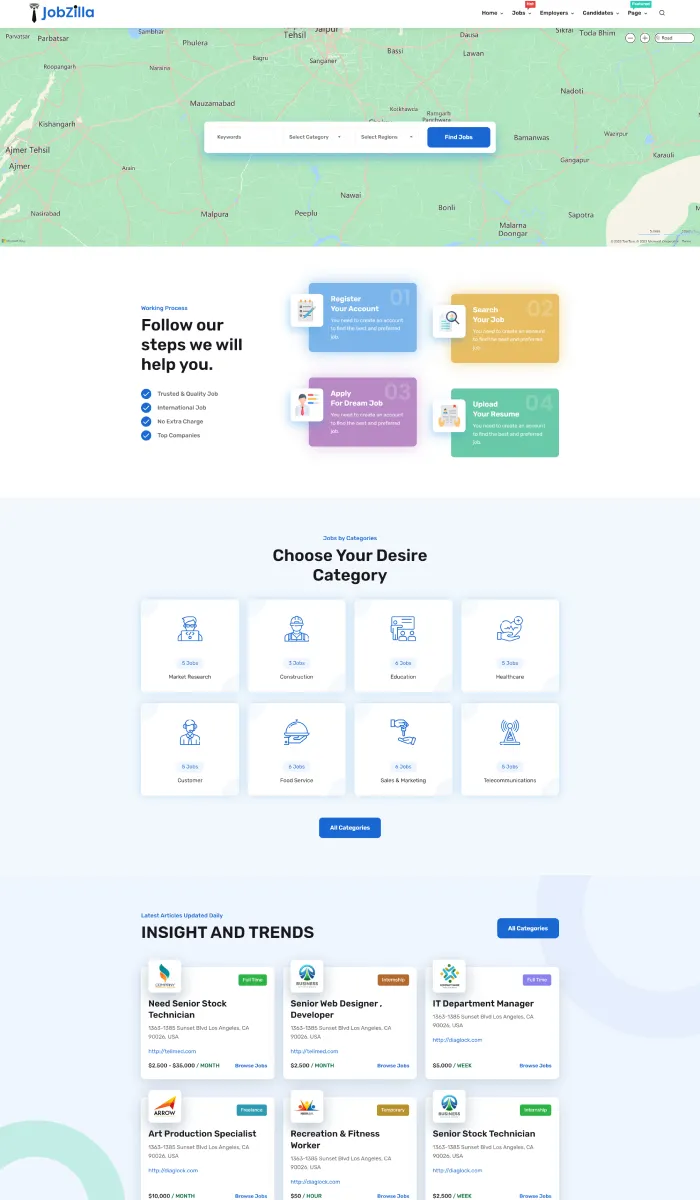How Game Mechanics Inspire Modern Digital Rewards 11-2025
In the rapidly evolving digital landscape, understanding how game mechanics influence reward systems is crucial for developers aiming to maximize user engagement and retention. From classic arcade games to contemporary mobile apps, the core principles of game design continue to shape innovative reward models that motivate users and foster loyalty. This article explores the foundational concepts behind game mechanics, their translation into digital rewards, and real-world examples demonstrating their effectiveness.
- Introduction to Game Mechanics and Digital Rewards
- Core Principles of Game Mechanics that Drive Rewards
- From Gameplay to Digital Rewards: Bridging the Conceptual Gap
- Case Study: The Lost in Space Game and Its Mechanics
- Modern Examples of Game Mechanics Inspiring Digital Rewards
- The Role of Narrative and Theming in Enhancing Rewards
- Non-Obvious Dimensions of Game-Inspired Digital Rewards
- Future Trends: Evolving Game Mechanics and Digital Reward Systems
- Conclusion: Harnessing Game Mechanics for Effective Digital Rewards
1. Introduction to Game Mechanics and Digital Rewards
a. Definition and significance of game mechanics in digital environments
Game mechanics refer to the rules, systems, and frameworks that govern gameplay experiences. They include elements like scoring, leveling, challenges, and feedback loops that shape user interaction. In digital environments, these mechanics serve as the backbone of engagement, providing structure and motivation for users to continue participating. Their significance lies in their ability to create compelling experiences that encourage repeated interaction, which is essential for apps, platforms, and online services aiming for long-term user retention.
b. Evolution from traditional gaming to modern digital reward systems
Traditional games like board games and arcade machines relied heavily on tangible achievements and immediate feedback. As technology advanced, these principles migrated to digital formats, evolving into complex systems like achievement badges, leaderboard rankings, and in-app currencies. Modern digital reward systems, inspired by game mechanics, extend beyond entertainment to include educational apps, fitness trackers, and e-commerce platforms, where they motivate behaviors such as continued learning, physical activity, or purchasing. This evolution underscores the adaptability of game mechanics across diverse digital contexts.
c. Overview of how game mechanics influence user engagement and retention
Research shows that well-designed game mechanics significantly boost user engagement. For example, incorporating progression systems taps into intrinsic motivation, encouraging users to unlock new rewards and levels. Randomized rewards, like loot boxes, introduce elements of chance that sustain excitement. By aligning mechanics with psychological principles such as the desire for mastery and social recognition, developers can create compelling ecosystems that keep users returning. These strategies are evident in the success of mobile games and gamified apps, where continuous engagement is vital.
2. Core Principles of Game Mechanics that Drive Rewards
a. Incentive structures and motivation
Effective incentives are central to motivating user actions. These can take the form of points, badges, or virtual currencies that reward specific behaviors. For instance, a user who completes a set of challenges might receive a badge signaling their achievement, encouraging continued participation. Behavioral psychology highlights that rewards tied to meaningful goals foster intrinsic motivation, increasing the likelihood of sustained engagement.
b. Progression systems and achievement unlocking
Progression systems create a sense of advancement, motivating users to push forward. Achievements and levels serve as milestones that mark progress and unlock new content or rewards. For example, in many educational apps, completing modules unlocks advanced lessons, reinforcing a sense of mastery. Such layered achievement unlocking taps into the human desire for competence, making continued interaction rewarding in itself.
c. Randomization and chance elements as reward triggers
Incorporating elements of chance, like randomized loot or surprise bonuses, leverages the psychology of anticipation. The unpredictability of rewards maintains excitement and curiosity, encouraging users to keep engaging with the system. This mechanic is widely used in digital slots and gacha games, where the thrill of the unknown enhances user retention and creates a dynamic experience.
3. From Gameplay to Digital Rewards: Bridging the Conceptual Gap
a. How game mechanics translate into digital reward frameworks
The core mechanics of traditional games—such as collecting items, achieving milestones, or competing—are seamlessly adapted into digital reward frameworks. For example, collecting symbols or items in a game can be translated into earning virtual currencies or unlocking content in apps. These mechanics create familiar, motivating structures that guide user behavior and facilitate reward distribution, making digital experiences more engaging and goal-oriented.
b. The role of behavioral psychology in designing effective rewards
Behavioral psychology informs the design of reward systems by understanding how humans respond to incentives, surprises, and social influences. Reinforcement schedules—such as variable ratio schedules—are employed to maximize motivation, as unpredictability can heighten excitement. Recognizing these psychological triggers allows developers to craft reward systems that are not only appealing but also induce habitual engagement.
c. Examples of successful digital reward systems inspired by game mechanics
Platforms like Duolingo utilize streaks, badges, and leaderboards to motivate learners, drawing directly from game design principles. Similarly, fitness apps incorporate achievement levels and randomized challenges to sustain user interest. These systems exemplify how translating game mechanics into digital environments can effectively influence behavior and foster ongoing participation.
4. Case Study: The Lost in Space Game and Its Mechanics
a. Symbol collection mechanics via Spacecorn and their impact on gameplay
In “Lost in Space,” players collect symbols like Spacecorn, which serve as primary collectibles. These mechanics motivate players to explore and engage deeply with the game environment. Symbol collection acts as a catalyst for progression, encouraging repeated actions to gather more items and unlock new content, which enhances overall retention.
b. Triggering narrative milestones (e.g., “Lost in Space” event) through collection completion
Completing collections often triggers narrative milestones, such as the “Lost in Space” event. These milestones serve as significant rewards, creating a sense of achievement. Linking story progression to collection mechanics deepens user investment, as players feel that their efforts directly influence the unfolding narrative—making the experience more personal and rewarding.
c. Demonstration of layered reward structures through bonus modes and retained progression
Beyond basic collection and narrative triggers, layered reward structures—such as bonus modes and progression retention—amplify engagement. For instance, earning bonus modes provides additional chances to win or unlock exclusive content, maintaining excitement. This layered approach exemplifies how combining multiple mechanics creates a rich, incentive-driven environment that encourages players to stay engaged over time.
5. Modern Examples of Game Mechanics Inspiring Digital Rewards
a. Pirots 4’s use of collector birds and gem collection as reward triggers
“Pirots 4” exemplifies how contemporary games implement mechanics like collecting birds and gems to activate rewards. Players gather these items to trigger bonus rounds, unlock new features, or receive free spins. Such mechanics tap into the intrinsic satisfaction of collection, motivating players to continue playing for more rewards.
b. The integration of regular and super bonus modes to retain player engagement
By integrating both standard and super bonus modes, “Pirots 4” maintains a dynamic environment that keeps players eager. Regular bonuses provide consistent rewards, while super modes introduce heightened anticipation, often linked with rare collectibles. This combination leverages the psychological principle of variable reinforcement, which sustains long-term engagement.
c. How these mechanics create a sense of achievement and anticipation
Mechanics like collecting rare items or triggering bonus modes foster a feeling of accomplishment. The unpredictability of bonus triggers and the visual cues associated with achievements generate anticipation, encouraging players to continue engaging. This dynamic mirrors traditional gambling mechanics but adapts them into a controlled, rewarding experience that fosters loyalty.
6. The Role of Narrative and Theming in Enhancing Rewards
a. Embedding story elements to deepen user investment
Integrating compelling stories within reward mechanics increases emotional investment. For example, thematic quests or story-driven milestones motivate users to progress, as they feel part of a larger narrative. This emotional connection enhances satisfaction when rewards are obtained, making the experience memorable.
b. The connection between thematic consistency and reward satisfaction
Consistency in theme and story creates a cohesive experience, making rewards feel meaningful and aligned with the overall narrative. For instance, in a space-themed game, collecting alien artifacts not only grants points but also advances the storyline, reinforcing the thematic immersion and rewarding players in context.
c. Case examples, including Pirots 4’s thematic design aligning with reward mechanics
” Pirots 4″ showcases how thematic elements—such as colorful characters and space motifs—are intertwined with mechanics like collecting birds and gems. This alignment ensures that every reward feels integrated into the story universe, enhancing user satisfaction and encouraging repeated engagement.
7. Non-Obvious Dimensions of Game-Inspired Digital Rewards
a. Psychological effects of reward timing and pacing
The timing of rewards significantly influences user motivation. Fast, frequent rewards foster a sense of immediate achievement, while spaced-out rewards build anticipation. Fine-tuning pacing can prevent fatigue or boredom, maintaining a steady flow of engagement supported by psychological principles of reinforcement.
b. The importance of surprise and variability in maintaining interest
Surprise elements—like random bonus drops or unexpected rewards—capitalize on human curiosity and the thrill of unpredictability. Variability prevents monotony, ensuring that users remain interested and motivated to explore further, much like players anticipating a jackpot in slot machines.
c. The impact of social and competitive mechanics on reward perception
Social features, such as leaderboards and multiplayer challenges, amplify the perceived value of rewards through social recognition. Competition drives users to outperform peers, making rewards not just personal achievements but also social status symbols, thus enhancing motivation.
8. Future Trends: Evolving Game Mechanics and Digital Reward Systems
a. Incorporation of emerging technologies (e.g., AR, VR)
Augmented Reality (AR) and Virtual Reality (VR) open new frontiers for immersive reward experiences. For example, AR-based scavenger hunts can reward users with virtual collectibles that integrate seamlessly into the real world, creating more engaging and memorable systems.
b. Personalization and adaptive reward systems based on player behavior
Advanced data analytics enable the creation of personalized reward systems that adapt to individual user preferences and behaviors. This tailored approach increases relevance and motivation, fostering stronger loyalty and engagement.
c. Potential challenges and ethical considerations in designing game-inspired rewards
While innovative, these systems pose challenges such as addiction risk, data privacy, and fairness. Ethical design must balance engagement with responsibility, ensuring

























